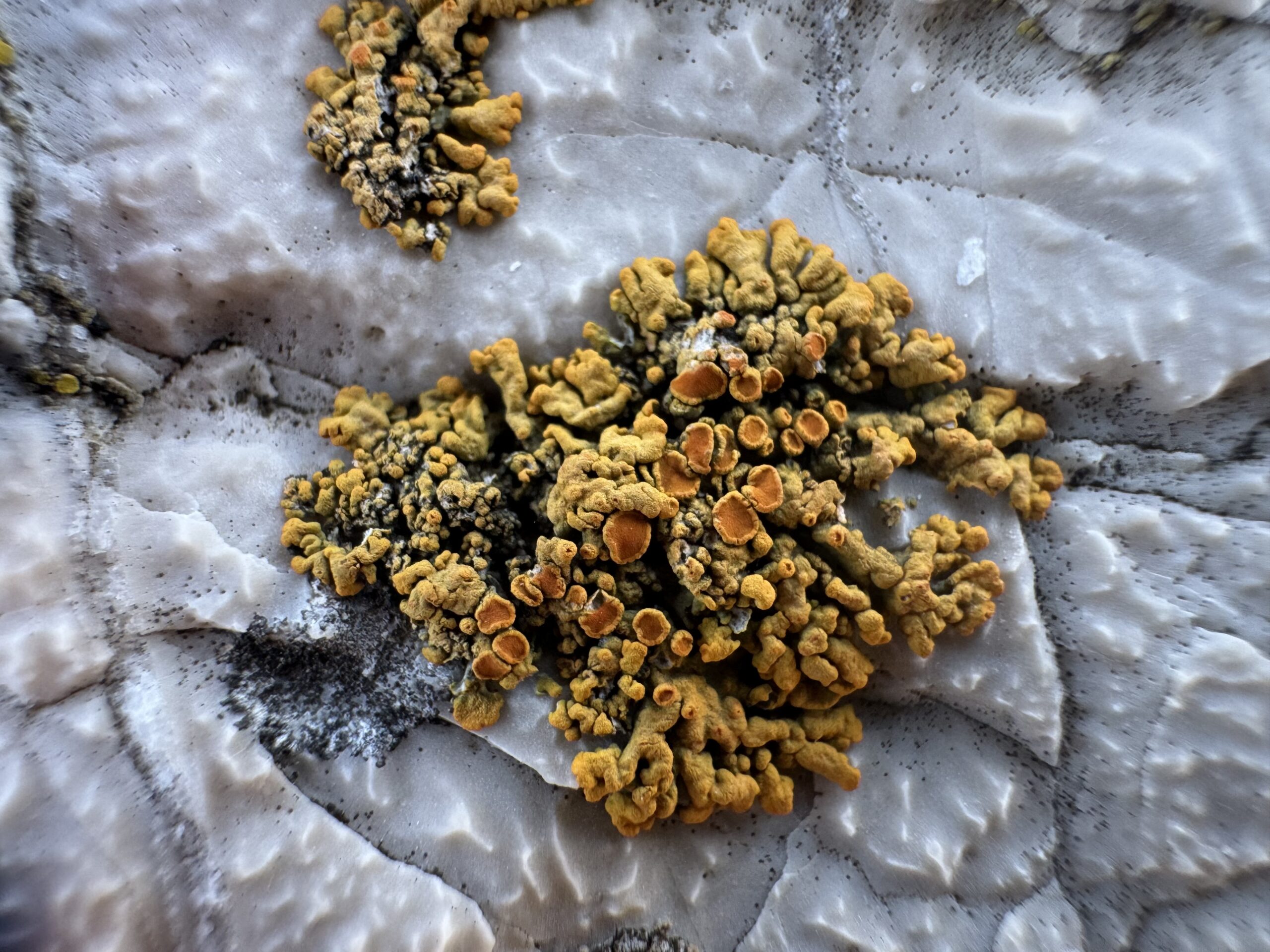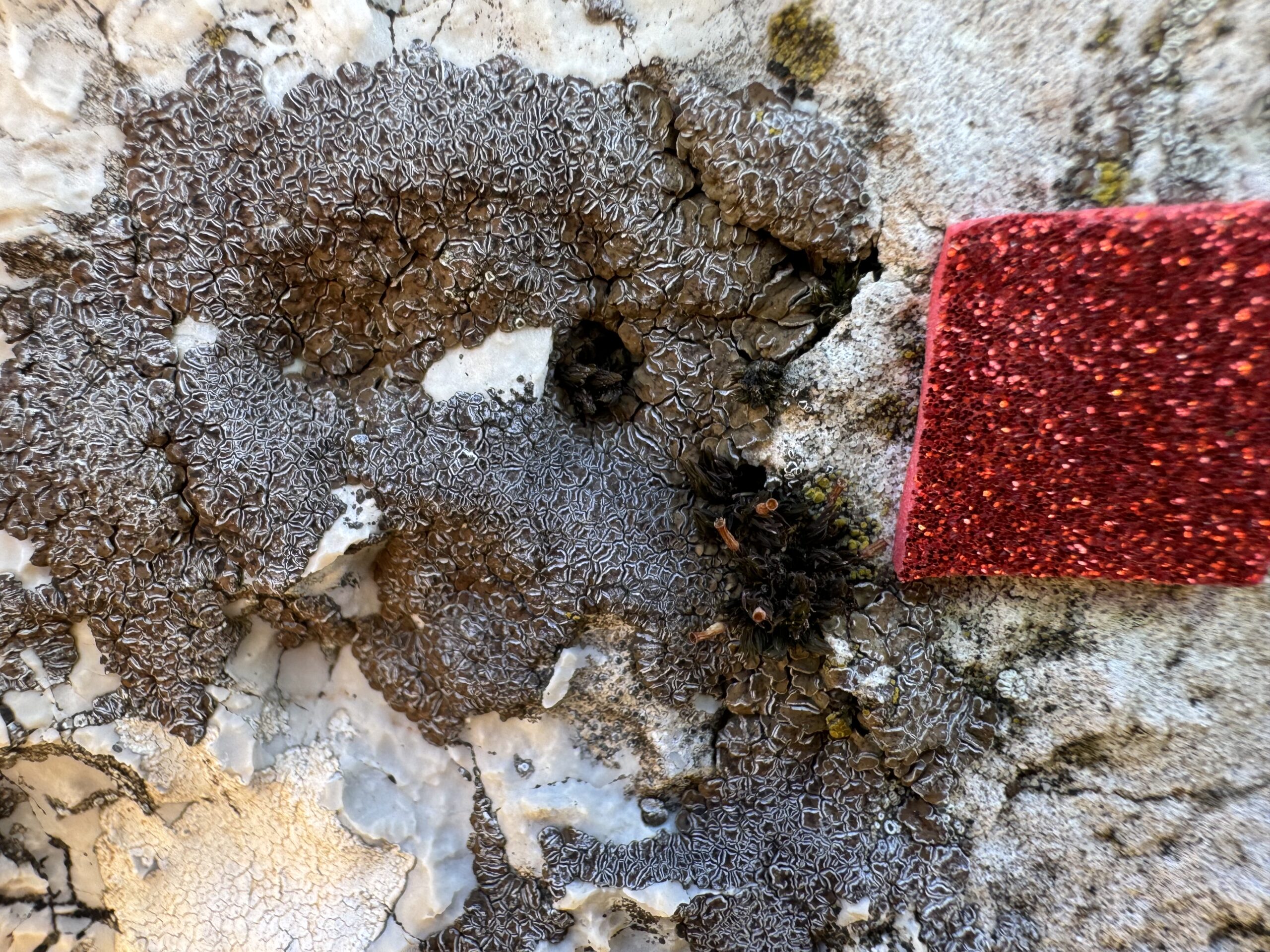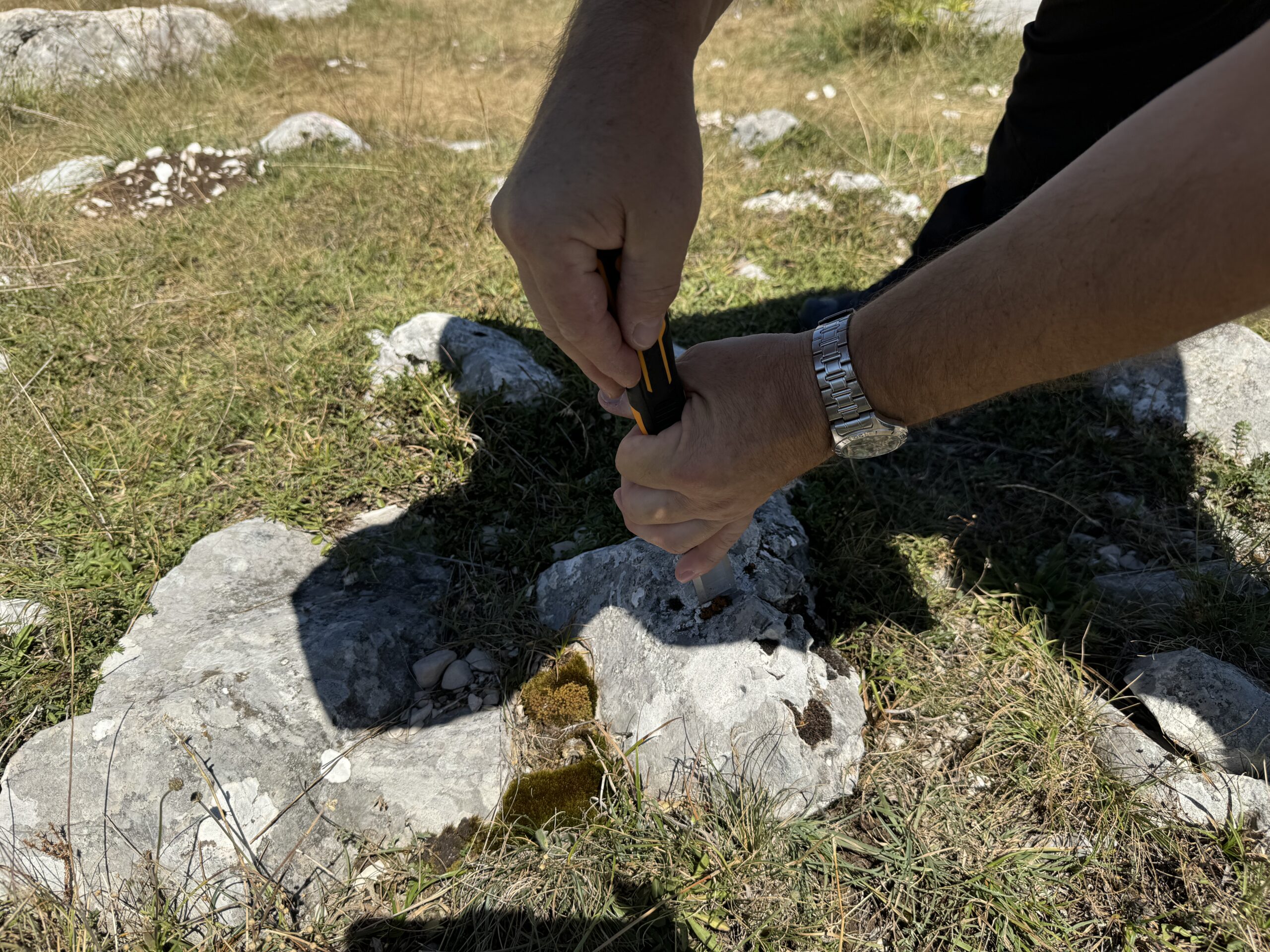Team and Methodology
The biodeteriogens assessment was carried out by a team of biologists and plant ecologists from the University of Sarajevo (UNSA) and the University of Novi Sad Faculty of Sciences (UNSPMF). The team was coordinated by Prof. dr Nusret Drešković and included Prof. dr Snežana Radulović, Prof. dr Samir Đug, Prof. dr Goran Anačkov, Prof. dr Adi Vesnić, as well as assistants Lejla Vesnić and Maja Novković. They implemented the bioassessment in rigorous compliance with the procedures defined in the newly developed STECCI Biodeteriogens Assessment Field Survey Protocol, together with the previously developed STECCI Biodeteriogens Assessment Lab protocol. This comprised laboratory-based microbiological, molecular, and morphological identification procedures undertaken in mutually affiliated biological laboratories and herbariums. A separate sampling strategy was employed, collecting two samples from every species. This dual-sample strategy was designed to allocate one specimen to morphological and the other for molecular and microbiological identification.
According to the BA Field Protocol (https://stecci.emdesk.com/#!/documents/all/WP3), each species was assessed using an adapted Braun-Blanquet scale for species coverage and spatial arrangement. Further biodiversity impact-relevant data were also evaluated, such as the monument’s space orientation, soil type code, slope, elevation, Land Use according to CORINE codes, Habitat Type as per EUNIS code, monument shape and dimensions, and Köppen’s climate code. Additionally, the STECCI vegetation database coding system was developed. Documentation of the process was set up using 3D Lidar depth camera technology, providing highly precise visual records and directly georeferenced in QGIS.
Site Specifics
The necropolis Dugo Polje in Blidinje, located in the municipality of Jablanica, is one of the 30 medieval stećak necropolises that were designated as UNESCO World Heritage Sites in 2016. There is a total of 32 stećak monuments that are ornamented with decorations, with rosettes being the most frequently used decoration, appearing a total of 34 times. Undoubtedly, the most captivating features are the symbolic, especially those found on three specific structures unique to the stećci at this site.
Blidinje is a pristine natural treasure located in the northern region of Herzegovina. The karst plateau is located precisely along the northeast-southwest axis, between the Čvrsnica, Muharica, and Vran mountains. The Dugo Polje plateau is located in the central part of Blidinje. The entire region, which has been designated as a nature park, is currently situated within the administrative boundaries of Mostar, Posušje, Tomislavgrad, Prozor-Rama, and Jablanica towns. The name of Blidinje Lake is derived from its location in the southernmost section of Dugo Polje.
The Blidinje Polje in Bosnia and Herzegovina is situated within a larger transitional area that lies between Mediterranean and continental climates. The region exhibits the defining features of a humid continental climate, characterized by warm summers and the absence of a dry season. It is classed as Dfb according to the Köppen climatic classification. Typically, rainwater has a slightly acidic pH level of roughly 5.6 under normal conditions, which is caused by the presence of dissolved carbon dioxide (CO₂). The carbon dioxide (CO₂) has a reaction with water (H₂O) to produce a dilute solution of carbonic acid (H₂CO₃), which is the cause of the mild acidity. When acid rainwater comes into contact with limestone (via rain, fog, or dew), it has a chemical reaction with the calcium carbonate present in the limestone, resulting in the formation of calcium ions (Ca²⁺) and bicarbonate ions (HCO₃⁻). This soluble byproduct progressively dissolves, deteriorating the stone surface. Over time, this initially tiny reaction gradually builds up, resulting in the visible deterioration of the structure, transforming solid stone into a fine powdery residue.
Regarding the Blidinje Dugo Polje stećak tombstones, this could lead to the gradual erosion of inscriptions and carvings that hold significant historical importance. This is evident in the first two photographs in the gallery, on the southwest side of the necropolis, where one of the most captivating figurative motifs is deteriorating.
Due to its geomorphological features and biodiversity richness, the area was designated as a Nature Park on March 30, 1995. In this unique area, around 1,500 different plant species have been recorded so far, of which more than 200 are endemic, relict, and subendemic species, including those found on the stećci necropolis Dugo Polje itself. This high and unique biodiversity index is reflected in the biodeteriogens of the stećci. Despite the difficulty of collecting samples due to strong winds and the need for non-aggressive sampling methods, the STECCI BA team managed to collect samples even from the monuments that were not subject to CA, as they contain some unique species.
























